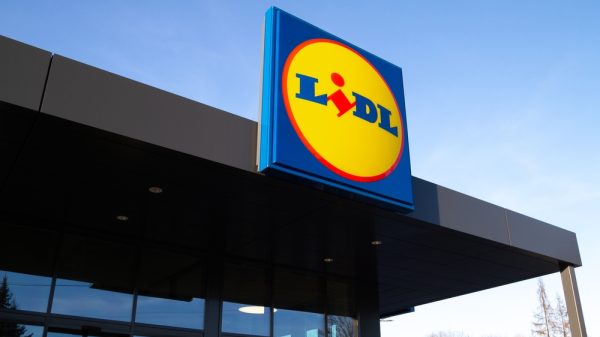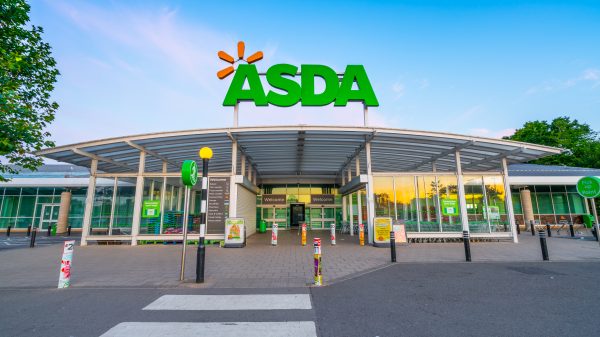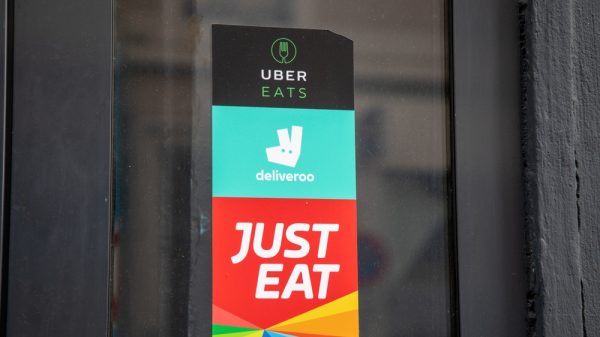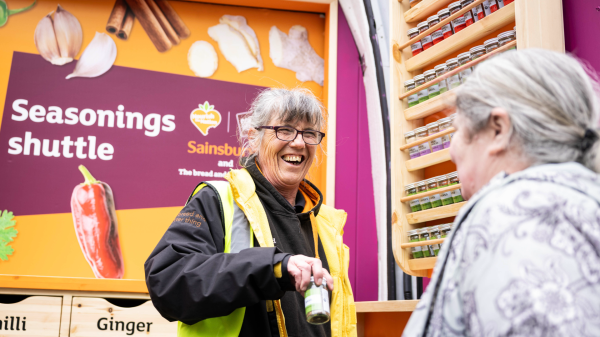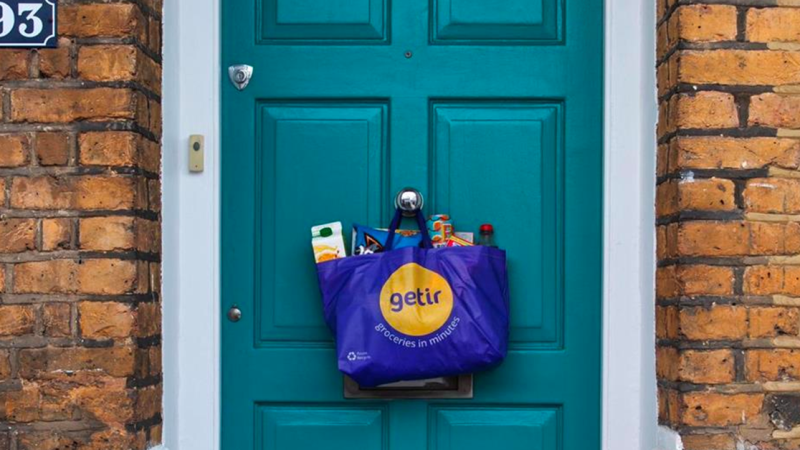Sainsbury’s has unveiled new targets to decrease its greenhouse gas (GHG) emissions as it works towards becoming net zero in its own operations and value chain.
The supermarket giant had previously committed to reducing its scope 1 and 2 emissions by 50% by 2030 but has now pledged a 68% reduction within the same time frame.
The changes, which have been verified by the Science Based Targets initiative (SBTi) – the global body that sets requirements for and approves emission reduction targets – will see Sainsbury’s scope 3 emissions reduction target of 30% by 2030 turned into two separate commitments.
Its operational target, which includes areas such as transport, energy use and manufacturing sites, have been increased to 50.4%.
Subscribe to Grocery Gazette for free
Sign up here to get the latest grocery and food news each morning
For the first time, following new requirements outlined by the SBTi, Sainsbury’s now has validated targets which focus on scope 3 GHG emissions that come from forests, land and agriculture (FLAG), and has pledged to reduce these emissions by 36.4% by 2030.
The new targets are part of the grocer’s work towards becoming net zero in its own operations by 2035 and in its value chain by 2050 – in line with its commitment to the Paris Agreement of limiting global warming by 1.5°C.
Sainsbury’s along with other signatories of the WWF Retailer Commitment for Nature, has also asked its suppliers that are responsible for a high proportion of its scope 3 emissions to get approved science-based targets by the end of 2025.
Sainsbury’s director of responsibility and sustainability Ruth Cranston said: “Getting our updated targets validated by the SBTi is an important step forward. The effects of climate change are already very real so it’s vital that we act now to reduce emissions and protect and restore nature to help us build a resilient future for all.
“Our ambition to achieve net zero by 2050 will require transformation across our whole business, supply chains, as well as how we help our customers to make more informed choices. We can’t do this alone, so collaboration as an industry will be critical to drive the required change.”


